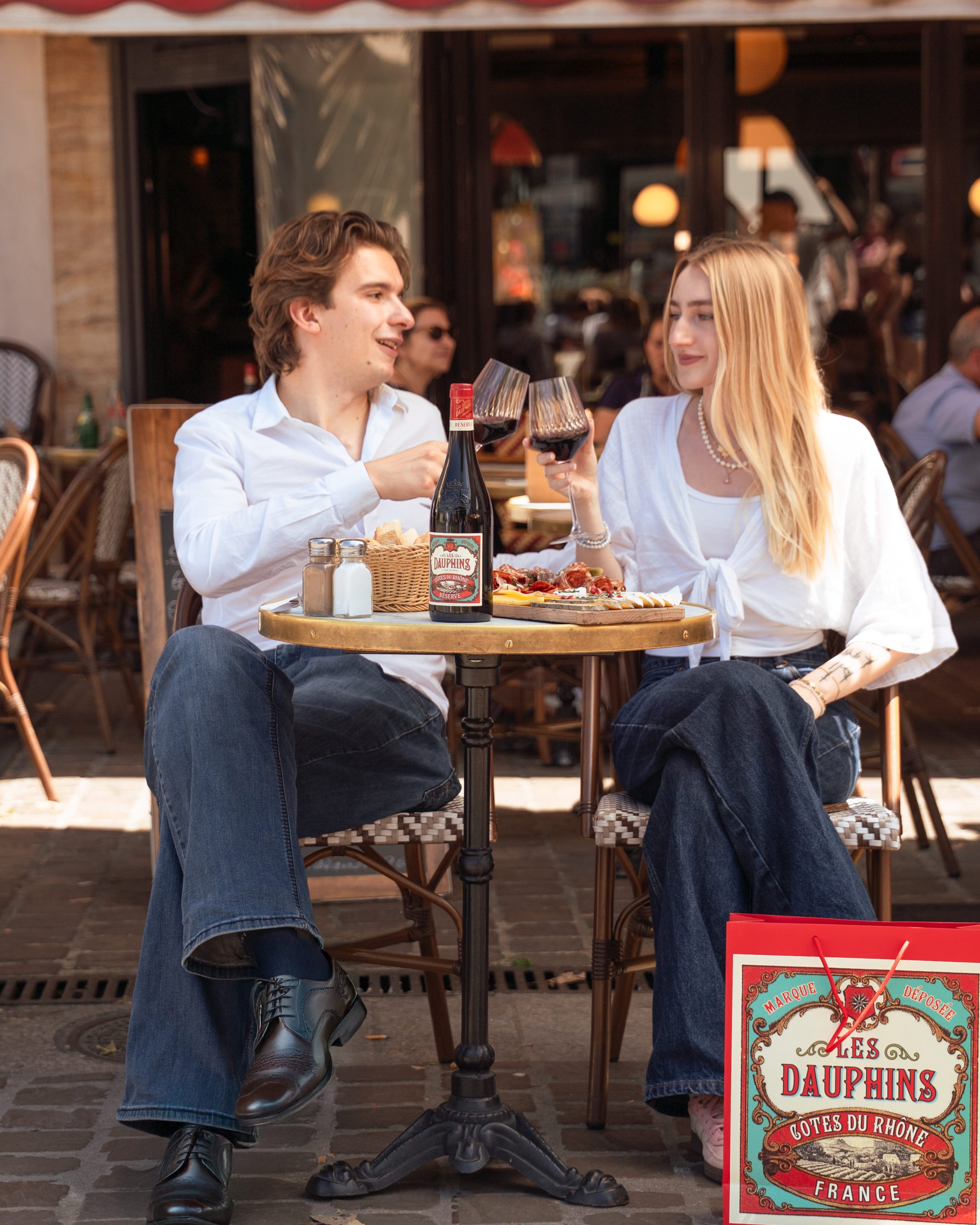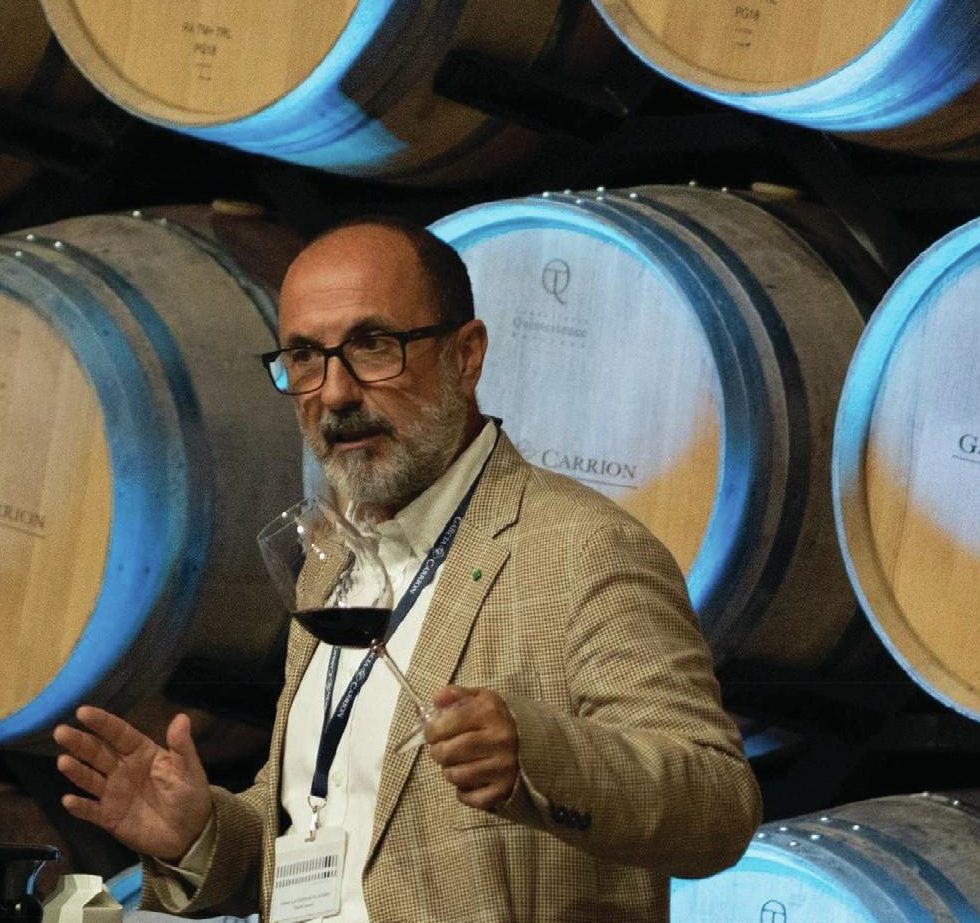Programmed in
35% of marketeers revealed that they would consider spending more than £100,000 on advertiserfunded programming
IN A continuingly difficult economic climate, marketing and PR teams need to do all they can to ensure their activities deliver the best possible results.
Increasingly this means developing ideas which reach outside the more tried and tested methods of promotion and brand building – or to use the jargon "pushing the envelope", "thinking outside the box" and (my particular, rather pretentious favourite) indulging in a little "blue sky thinking".
Breaking away from the conventional route requires imagination in order to yield viable returns when creating new ways of communicating with consumers. There are lots of ideas out there but, as ever, it all depends on budget.
While not necessarily a completely new idea, especially for beer and spirits companies, series sponsorship on television for established wine brands has begun to appear, Blossom Hill and Jacob’s Creek with their involvement on Channel 4 and Southcorp about to go live with the winter season sponsorship of four ITV drama series.
But the majority of consumers are now wise to advertising and sponsorship as a form of brand exposure – so, the question is: what’s the next step?
According to research done by the Chartered Institute of Marketing, in association with the broadcasting company two-fourtv, advertiser-funded programming (ie a programme that is funded by an advertiser or advertisers) is becoming an increasingly popular option among the big brand marketeers.
Given that drinks advertising could potentially go the same way as tobacco, with a threatened Europe-wide ban on alcohol advertising on TV and in cinemas, could this be one of the new ways to transmit an imaginative and more subtle brand message to the booze drinking masses?
Or being more cynical about it, could it be a potential loophole? In the survey 35% of marketeers revealed they would consider spending more than £100,000 (€143,000) on an advertiser-funded programming project.
And while less that 5% would spend over £1m (€1.43 m) more than 11% said that they would consider devoting a whopping £100,000 to £500,000 (€143,000 to €715,000) of their budget.
Now these kind of amounts are perhaps not a realistic option for one brand. But a portfolio of whisky brands and a travel company? A brand owner with a range of wines who coupled up with a couple of food brands?
Could this be the way forward for ensuring air-time for alcoholic drinks in future? Airtime is one thing, the fact that it’s not cheap is another.
Partner Content
Another element to consider as well, is that until "smelly-telly" is invented the concept of nosing and tasting a wine or whisky, a beer or vodka is a hard one to convey. If not, slightly boring.
I mean who really enjoys watching other people sniffing and slurping their way through a comparison of three beers, two wines and a couple of malts? Which brings us to the conundrum of getting the product into people’s hands, encouraging purchase and, in turn, repeat purchase.
After all, this is a key aim, if not the ultimate one, of marketing any comestible product. So what do you do if you don’t have £100,000 but you want to maximise trial? Hit the concourse on Waterloo on a Friday evening at 5pm? Sacrifice some of your in-store promotion budget to perform more openplan tastings?
One company, Ehrmann’s, has come up with an interesting way of maximising its brands – trial opportunities at consumer and county fairs. "Wine people" started as a consequence of the company wanting to create a platform to showcase its brands at county shows.
Marketing director, Keith Lay, faced the familiar conundrum of having brands but not the budget. "By bringing them together under one umbrella concept we created an effective means of driving trial and promoting where the wines were available," he explains.
Through the pooling of smaller marketing funds from the range of brands available in multiple outlets Ehrmann’s has been able to maximise consumer trial and exposure at events like the county shows that are appearing more and more in wine marketing plans.
Lay is fairly sure that this will remain a promotional tool for the time being. "We have created a trail and information service to drive sales.
We use the 30mm tasting thimbles, give the consumer a small tasting sheet with availability details which gives them the chance to taste and comment – which they love – plus the information they need to buy the product should they want to."
The unexpected and added benefit of the exercise is that the marketing team at Ehrmann’s is building a valuable bank of data of consumer responses to its products.
"The results we get are pretty consistent and we are beginning to see some clear trends emerging, which is immensely useful when it comes to the development of the brands," admits Lay. Which just goes to show the benefits of innovation can be manifold.
Charlotte Hey is the publisher of The Drinks Business




